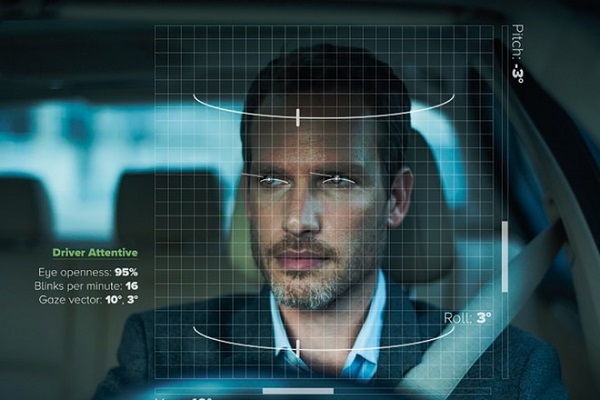These Technology Trends Are Boosting Self-Driving Cars

While things like following too closely and braking too late were easy to point out, anticipating the actions of other drivers and dealing with complex intersections only come with experience.
Autonomous vehicles (AVs) are like newbie drivers, except with better-developed brains and billions of dollars in tech to help shorten the learning curve. But even with all their sensors and software, AVs still have flaws to overcome before they drive with complete confidence and competence.
In the race to get robocars on the road, several under-the-radar tech trends are coalescing to help make true AVs a reality—and maybe make my teenage son’s generation one of the last to learn to drive itself.
Teaching AVs the Rules of the Road
My new driver had to study the Oregon Driver Manual to learn the difference between, say, a stop and yield sign. AVs similarly learn the rules of the road, but through artificial intelligence (AI). Another requirement for my son is to log 50 hours with an adult in the car. AVs also acquire real-world experience by putting in hours on the road, but only in certain locations and conditions because of legal restrictions and weather.
AVs learn to interpret signs and other roadway info via a type of AI known as machine learning, which requires driving a route and humans verifying the data. Traffic-data company Inrix has a way for AVs to more quickly learn the rules even in places they’ve never driven. Inrix’s AV Road Rules platform lets cities digitize their traffic infrastructure and rules. This not only creates a shortcut for AVs to memorize traffic rules but also allows them to operate from accurate data.
“For 100 years, signs and lane markings have been the language of communicating traffic rules to drivers, and it’s worked pretty well,” says Avery Ash, head of autonomous mobility for Inrix. “But we’ve all been in situations where the signage is confusing or obscured or lane striping has been worn off, but we figure it out.”
Although machine learning can help AVs figure out such situations, Ash adds that “it’s a tedious, lengthy, and expensive process, and the results are not accurate enough for the sort of safety-critical operation required by AVs. AV Road Rules is an additional data layer that complements machine learning and HD maps.”
Once AVs know the rules, they need to apply them on roads. But just as I don’t have 50 extra hours to spend driving with my son, AV operators have limited time and resources when logging miles.
A 2016 RAND study estimated that AVs “would have to be driven hundreds of millions of miles and sometimes hundreds of billions of miles to demonstrate their safety in terms of fatalities and injuries.” But developers have found ways to speed up the process through simulation software, and most are using simulation to accelerate AV deployment.
While Waymo leads the pack in terms of real-world miles traveled testing its AVs—more than 9 million since parent company Google first kicked off the project almost a decade ago—it’s able to achieve nearly the same number of miles every day using simulation software. “Having a proper simulation strategy is the only way that autonomous vehicles can train the sensors and decision-making functions for road testing and have the confidence that their technology is safe and ready,” says Danny Atsmon, CEO of Cognata, which is working with Audi and others.
Simulation also allows AV developers to test for “edge cases” such as pedestrians and cyclists suddenly crossing in front of the car or when the sun shines directly into an AV’s front-facing camera at sunset, temporarily blinding it.
“With simulation, we’re able to recreate blinding sun 24 hours a day,” says Danny Shapiro, senior director of automotive for chipmaker Nvidia. “And we can do it on every road and combine that with a rainstorm or any kind of weather. We can also simulate a car running a red light and evaluate if the AV is taking the correct action and detecting everything it should.”
Read the source article in Automobile.
